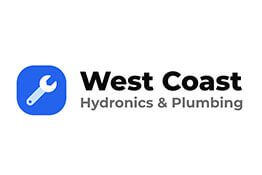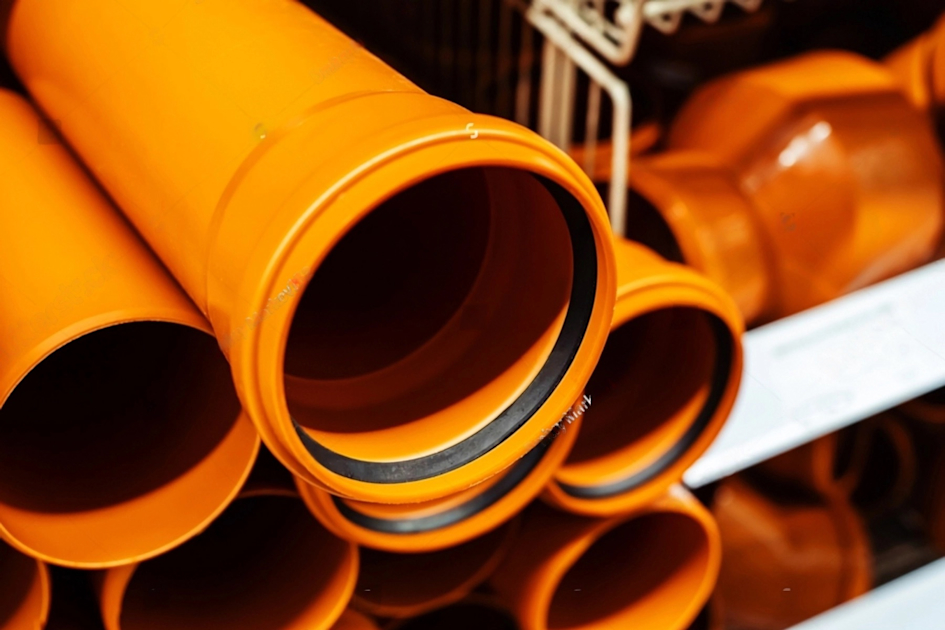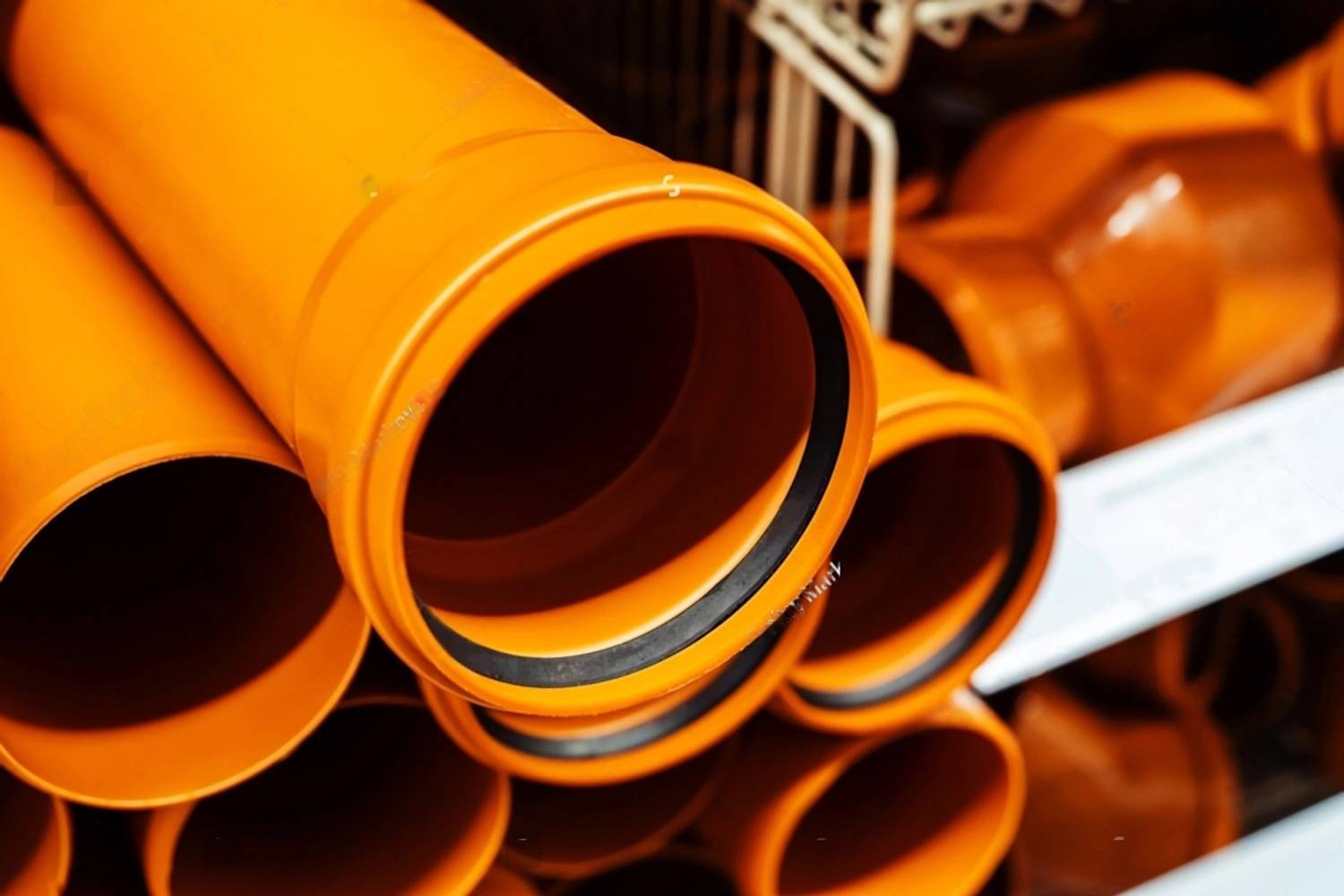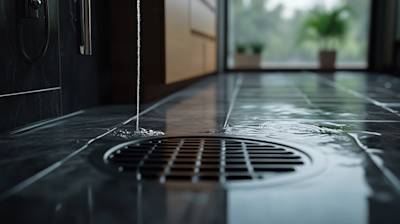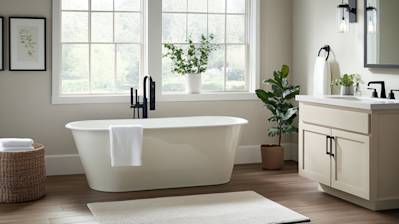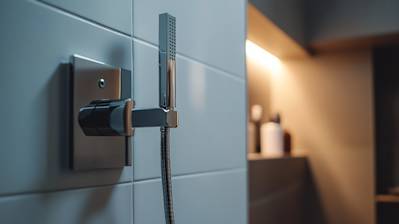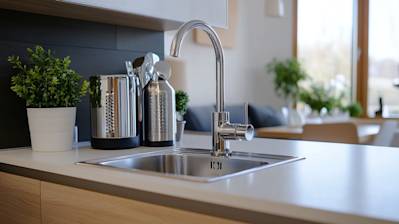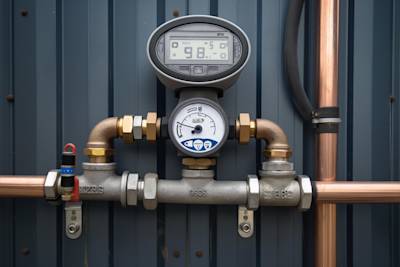Types of Plumbing Systems
Whether you’re in your home, working in a restaurant, or spending time at a retail store, you’re going to use various types of plumbing systems. Just turning on your kitchen sink requires a complex system of pipes and valves to supply you with water. Residential and commercial properties as well as municipalities rely on large plumbing networks to keep everyone safe, healthy, and happy at all times. Trust a reliable Sacramento plumbing contractor like West Coast Hydronics & Plumbing for your Sacramento needs.
From storm drains to the potable water in your home, Sacramento has an intricate system of underground pipes and drainage solutions that work together to supply you with the water that you use every day. Here we’ll discuss the different types of plumbing systems used in Sacramento County, how they deliver clean water, and how they effectively remove waste from buildings.
3 Types of Plumbing Systems in Sacramento
Each plumbing system serves a specific purpose. In order to keep Sacramento residents safe and healthy, there are three main plumbing systems used to separate harmful waste products from clean drinking water.
1. Storm Drainage
We’ve all seen water rush down the side of a street on a rainy day or after washing a car. Thanks to Sacramento storm drainage systems, homes and businesses throughout the county aren’t flooding every time there’s a bit of rainfall. Think of storm drainage systems like the gutters on your house: they collect rainwater and provide an alternative pathway for it to travel in order to prevent flooding or damage to your home. The same goes for municipal storm drains.
Here in Sacramento, there are about 1,443 miles of storm drain pipe throughout the city. The water that falls through these storm drains is diverted to local waterways where a network of levees, underground canals, and basins transfer runoff away from city residences and buildings.
During rainfall, grates filter large debris from the water as it falls into the storm drain and then transported to a pumping station. At the pumping station, large screens are used to filter out remaining debris, such as sticks and leaves, that made its way into the storm drains. The storm water is then moved across miles of waterways to basins throughout the city where they provide a healthy habitat for Sacramento’s wildlife.
2. Sanitary Drainage
Unlike storm drainage systems, water that moves through sanitary drainage systems is diverted to a treatment site via underground sewer mains that are hidden beneath the streets of the city. Sanitary drainage is a vital component in any building. Without proper removal of wastewater, people in homes and businesses could face health problems related to bacteria that is not properly removed from the premises.
Sanitary plumbing systems have compartments to separate wastewater and sludge for proper disposal. These systems are quite complex and will need to be inspected by a professional team to ensure the health and safety of everyone in the building. When sanitary drainage systems face problems, such as leaks or blockages, the harmful waste can house a wide variety of bacteria.
In any bathroom, you'll find P-traps. These traps are necessary to prevent sewage gases from entering the building. Whenever a toilet is flushed or you rinse water down a sink drain, the trap allows the wastewater to exit but is then refilled with clean water to prevent gases from entering back through the pipes.
Additionally, interior sewer drainage systems are connected to a vent on the roof of the building. This helps regulate the pressure of the flow and prevents contaminated water from moving the wrong way through the pipes.
3. Potable Water
Potable water systems, also known as drinking water, must be designed in a manner that ensures it won't make contact with storm and sanitary drainage systems. The last thing you need is for the water used for cooking and drinking to be contaminated with harmful bacteria that might put your safety at risk.
That's why all pipes that transport potable water need to be properly repaired, installed, and insulated by plumbing professionals. The materials used in these plumbing systems must perform well to maintain high-quality drinking water and ensure that there is no crossover with other pipes. Depending on the size of the building, temperature of the water, and frequency of use, pipes that transport potable water are often made from galvanized steel, PVC, CPVC, PEX, or copper.
On a municipal scale, city distribution systems connect water sources to residential and commercial buildings through a network of pipes, pumps, and valves. About 80% of Sacramento's drinking water comes from the Sacramento and American Rivers. This water is treated and transported throughout the county for daily use. Through this system, agricultural operations can also receive water for the maintenance of livestock and crops.
Plumbing Transport Systems
Without pressure, water isn't going to go anywhere. That's where transport systems come in. A plumbing transport system will help move water from a treatment plant, home plumbing system, or commercial system and transport it to its final destination.
Pumps
Municipalities use a series of pumps to move water from its source to residential and commercial buildings throughout Sacramento. There are two main types of pump systems, centrifugal pumps and displacement pumps. Here in Sacramento, the city relies on pumps to move water and waste products to their final destination. Pumps also help to filter out harmful gases and chemicals from waste products so they don't enter your property through the pipes.
Every building relies on sump pumps for plumbing systems. Without them, a house, apartment complex, school, or restaurant could be faced with excess flooding. Sump pumps are activated by a switch that goes off when the water level in the sump basin reaches a certain level. When this switch is activated, the water will be pumped to a discharge pipe and transported to a designated drainage location.
Gravity
When pumps aren't used, sanitary drainage systems rely on gravity to effectively move sewage away from buildings and into treatment facilities. In order for these systems to function, pipes are buried deep underground to allow gravity to push wastewater through the piping system.
Gravity is also a notable factor in the function of sewer drainage systems. To keep excess water away from streets and sidewalks, that water must fall through the drain. There is no system that pumps it there, just gravity applying pressure and pushing the water into the underground network of pipes.
Due to Sacramento's geography, gravity is only helpful at the initial stage of water transport. So, the city relies on pump stations to effectively move collected rainwater. However, siphons are a great way to transport water against gravity without the need for a pump system.
Commonly used in toilets, siphons, also known as tubes, allow water to flow upward and over a bend in a pipe. Due to the pressure that is built from the change in water level, gravity forces the water over the bend in the pipe, functioning like a pump without the complex mechanics.
Valves
Valves serve several functions in all types of plumbing systems. From water shutoff to pressure adjustment, valves are a necessary mechanism to control the flow and direction of water in residential, commercial, and industrial settings.
When water transport needs to be stopped, there are shutoff valves throughout the plumbing system to halt the flow of water. This is often used when a pipe needs to be repaired. In the event of a broken pipe or a leak, the valves can restrict water flow from a given portion of the plumbing system so plumbers can safely repair the fixture. Make sure to locate the shutoff valves in your home so you know where to turn off the water flow in case of a leak.
What to Do When Your Plumbing Systems Fail in Sacramento
Each of these systems and features are interconnected to provide you with the water you use every day. No matter the type of plumbing system, at some point, it'll need a little bit of extra care. Between the transportation of water from treatment facilities to the faucets in your homes and back to displacement locations, the plumbing system won't be able to last forever.
When something goes wrong with your residential, commercial, or municipal plumbing systems, you can count on West Coast Hydronics and Plumbing to quickly inspect and repair the problem. We are a trusted Sacramento plumbing contractor specializing in water line installation, trenchless pipe repair, and a wide range of plumbing services.
Our team of licensed and experienced professionals at West Coast Hydronics and Plumbing is dedicated to providing top-quality plumbing solutions to meet your needs. Whether it's a broken or leaking water line, our experts have the expertise and knowledge to diagnose and resolve the issue efficiently.
If you notice signs of a broken or leaking water line such as reduced water pressure, unusual water discoloration, or damp spots in your yard, don't hesitate to reach out to West Coast Hydronics and Plumbing, your reliable Sacramento plumbing contractor. We prioritize your satisfaction and strive to deliver prompt and reliable plumbing services to ensure the integrity of your plumbing system.
Contact West Coast Hydronics and Plumbing today to learn more about our comprehensive plumbing services in Sacramento, including water line installation and repair. Our team is here to assist you with all your plumbing needs and provide you with the highest level of customer service.
